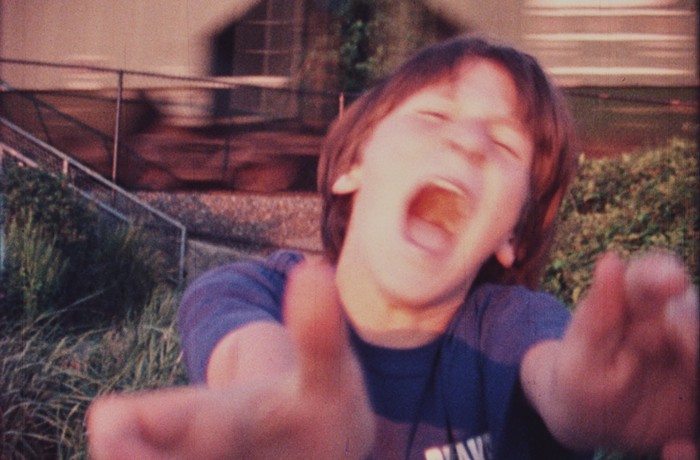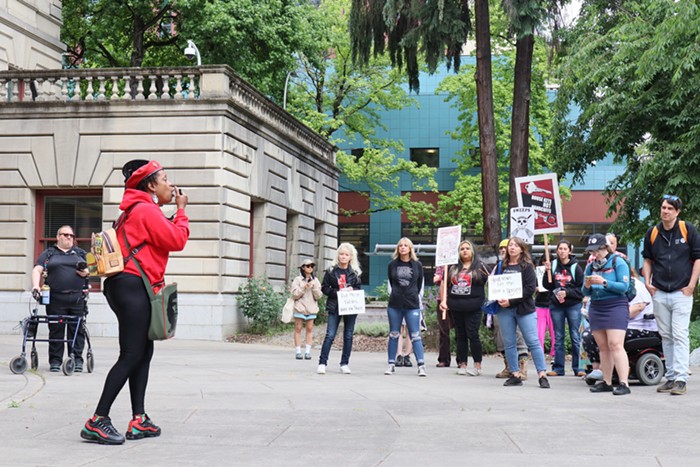HERE'S A QUESTION that might seem obvious, but isn't: How many colleges and universities are there in Portland? As I tried to answer this for myself—Portland State University, University of Portland, Portland Community College (and those are just ones with Portland in the name)—I started to think that maybe Portland is just a huge college town. That would explain the sheer amount of youths as well as the constant influx of out-of-towners, but it also means that we have an amazing number of potential spaces to make and study art.
One unique example is Portland State's Littman and White Galleries. With shows entirely staffed and programmed by students, Littman and White has given generations of the PSU community professional opportunities to work in areas of the arts usually reserved for the old guard. Housed on the second floor of the Smith Memorial Student Union, Littman and White also boasts what I consider the most beautiful gallery space in town. The staff are the most ambitious among PSU's arts-oriented students, provided funding and autonomy to produce engaged—and engaging—shows.
Over the last few years, the PSU staff of the Littman and White Galleries have pushed the programming toward contemporary arts practices, with a much-needed focus on local artists like Midori Hirose, Mami Takahashi, and Sabina Haque, to name a few. The Littman Gallery's current offering is an exhibition by Rebecca R. Peel and John Knight titled Stripe Painting. While most of the Littman shows embody a traditional approach to curation and display, the unconventional nature of Stripe Painting presents the best opportunity to visit the PSU gallery, especially if you're unfamiliar with the space.
In the center of the gallery you'll find a metal crowd-control barrier, similar to those seen in protest footage, which restricts viewers' movements between the gallery doors and the gallery office. Beyond these barriers, Peel and Knight have curated a number of works, including a shipping crate containing four stripe paintings, projected text written by the artists, and letter-pressed posters for the show. Accompanying these objects is a recognizable excerpt of Bob Dylan's 1966 Royal Albert Hall concert, the majority of which is muted.
Though the barrier between the viewer and artwork might initially read as standoffish or aloof, Peel and Knight have in reality orchestrated a scenario of real interaction between viewer and gallery. During the run of Stripe Painting, the staff of the Littman, who are deeply familiar with the artists' thinking, have been instructed to directly engage everyone who enters the gallery. As a part of the show, staffers will log their hours spent speaking to the audience of Stripe Painting in an online database that will be publicly accessible during the exhibition. Ultimately, the staff will be compensated at $15 an hour, paid in the form of an IOU—a final joke that gestures toward the importance of paying arts laborers, and the financial challenge of making a living as an artist.
Stripe Painting puts on display the work of two talented and intelligent artists who have roots in Portland, as well as a fantastic opportunity to engage in a real dialogue about contemporary art with students who are deeply involved in its presentation. And anyway, when was the last time you encountered a gallery staff that actually wanted to talk to you?













